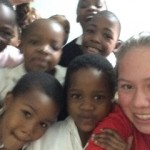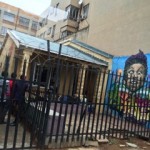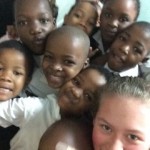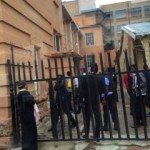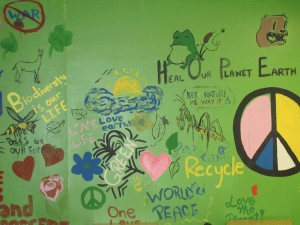 A book by American scientist, Rachel Carson, entitled Silent Spring, was published in 1962 and literally changed the world. I always associate that book and its subsequent impact with the birth of the modern environmental movement. It identified significant health hazards for birds and humans resulting from the wide use of pesticides. Essentially, it laid the groundwork for the eventual banning of a harmful chemical called DDT. In the late 1960s, along with the anti-nuclear movement, the ecological movement became a political force for the first time.
A book by American scientist, Rachel Carson, entitled Silent Spring, was published in 1962 and literally changed the world. I always associate that book and its subsequent impact with the birth of the modern environmental movement. It identified significant health hazards for birds and humans resulting from the wide use of pesticides. Essentially, it laid the groundwork for the eventual banning of a harmful chemical called DDT. In the late 1960s, along with the anti-nuclear movement, the ecological movement became a political force for the first time.
In 1971, the private interest group Greenpeace was born in a kitchen in Vancouver, as was the new federal government agency, Environment Canada. That was one year after the USA created the EPA – the Environmental Protection Agency.
Over the past decade here at LCC, we have made a concerted effort as a community to be mindful of our environmental impact and be a more sustainable school. It begins with teaching about environmental responsibility and sustainable practices in various classes while simultaneously implementing sustainable practices in the operation of our facilities. This has ranged from installing high efficiency furnaces in the main school, a geothermal heating system in the new Assaly Arts building, to installing efficient lighting and taps and urinals in washrooms to save water. Our arena is now distinguished for its green technology that sets it apart from most other rinks in Montreal.
Even our turf field was put in two summers ago with sustainability in mind. No, it is not natural grass, but we first completed a detailed environmental impact analysis prior to deciding about its installation. The turf was actually deemed environmentally neutral by a respected environmental consultant. Yes, it’s an artificial product, but it has helped eliminate significant busing of students to the West Island for spring practices, and has massively reduced water and fertilizer requirements necessary with natural grass. In the end, we are operating a high-traffic outdoor facility. We have gained weeks of field time we didn’t have on the shoulder seasons of late fall and early spring, when grass is actually unusable.
I think that improving the state of our environment is an overwhelming question for many students. They get confused by the abstract nature of “environmentalism” and what that actually means. Some tend to wonder: “What can I do at the individual level to have any positive impact?”
It’s a good question. However, as Zia Tong, keynote speaker at the recent LCC Destiny Québec Conference and host of the national Science TV show Daily Planet noted, there is actually lots students can do. She asked student delegates to consider the ethical, moral, social, economic and environmental issues related to our throwaway culture. She urged us all to stop being what she called “suckers” for buying new things all the time – like phones – essentially just because they changed their shape, when our current phone works fine.
Yes, there’s a lot one can do to protect the environment. Where possible, choose locally- sourced food products that eliminate the impact of long distance travel and emissions, walk more, use public transit, limit showers to four minutes, use high efficiency light bulbs, buy eco-friendly products, and the list goes on and on. And, of course, we can try to live by the credo “reduce, reuse, recycle”. Simply commit to personal eco-practices that diminish harmful impact on our environment, one person at a time.
My thanks to Math teacher and “eco-warrior” Ms. Scattolin and the student Green Team for educating us and advocating for green practices in our community. Thanks also to all teachers who address sustainability in a creative way in the classroom. Yes, here at LCC we do some things well on the sustainability front, but by making thoughtful choices, we can always do better.
The older I get, and the more I travel outside of Canada where environmental degradation is often more visible and pressing, the more I feel thankful for the natural beauty and extraordinary, unspoiled resources we have in this blessed country. Let’s all commit to respect, steward and protect our environment. It’s our only planet and it is, indeed, very precious!
Christopher Shannon
Headmaster

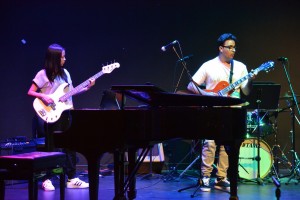 Exactly five years ago, our Senior Band visited Boston, and completed a music workshop at Harvard University with Thomas Everett, Director of Harvard University Bands. Following the musical session, Mr. Everett took the time to write me a personal letter that was very complimentary of our young musicians and teachers. Here’s what he said:
Exactly five years ago, our Senior Band visited Boston, and completed a music workshop at Harvard University with Thomas Everett, Director of Harvard University Bands. Following the musical session, Mr. Everett took the time to write me a personal letter that was very complimentary of our young musicians and teachers. Here’s what he said: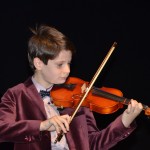
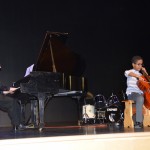
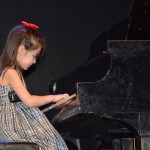
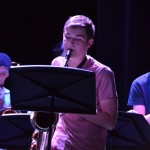
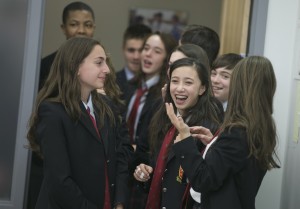 Last week, we all heard the terrible news about the tragic death of a grade 9 student at one of Montreal’s independent schools. On behalf of our entire LCC school community, I immediately sent condolences to the head of school and expressed our collective sadness and sense of solidarity.
Last week, we all heard the terrible news about the tragic death of a grade 9 student at one of Montreal’s independent schools. On behalf of our entire LCC school community, I immediately sent condolences to the head of school and expressed our collective sadness and sense of solidarity. On March 12, I was taken to the Rhino and Lion Reserve where I had a once in a lifetime experience. About an hour into our drive, I saw the big sign with two lion statues next to it. We drove in and I immediately saw animals. I saw ostriches and a giraffe. While driving around, we saw all sorts of bucks, like the blesbuck, rooihartebeest, sable and springbok, which is South Africa’s national animal. We also saw a warthog with her two babies. We then drove up to the predator camp, which is where the more dangerous animals are, and we were just in time for the feedings. We watched wild dogs, cheetahs and lions being fed. It was so cool because we were right next to all of them in our car watching them eat.
On March 12, I was taken to the Rhino and Lion Reserve where I had a once in a lifetime experience. About an hour into our drive, I saw the big sign with two lion statues next to it. We drove in and I immediately saw animals. I saw ostriches and a giraffe. While driving around, we saw all sorts of bucks, like the blesbuck, rooihartebeest, sable and springbok, which is South Africa’s national animal. We also saw a warthog with her two babies. We then drove up to the predator camp, which is where the more dangerous animals are, and we were just in time for the feedings. We watched wild dogs, cheetahs and lions being fed. It was so cool because we were right next to all of them in our car watching them eat.
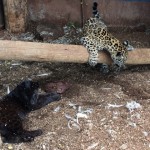
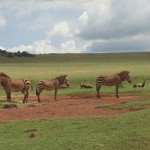
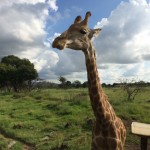
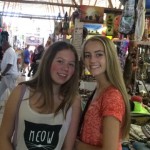

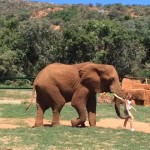
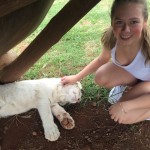


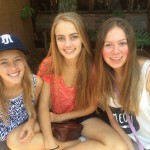
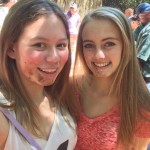
 On Saturday, March 5, I attended my first ever rugby game. I went with my host and her dad, two other exchanges and their hosts and their families. It was at this huge stadium with what looked like a football field in the middle. We were all dressed up in blue, including face paint, to cheer for the Blue Bulls. The Blue Bulls were from South Africa and were playing against the Rebels, who were Australian. We were all sitting on the edge of our seats cheering and having a great time. We won the game and everyone was jumping and screaming for joy. Once the game was over and we were just about to leave, they opened the gates to the field and a bunch of kids ran onto it. At first we weren’t too sure what was going on, but then realized that anyone could run on the field and have a good time. The rugby players were also there behind a rope taking photos and signing autographs. It was a really good game, the best one I have ever seen.
On Saturday, March 5, I attended my first ever rugby game. I went with my host and her dad, two other exchanges and their hosts and their families. It was at this huge stadium with what looked like a football field in the middle. We were all dressed up in blue, including face paint, to cheer for the Blue Bulls. The Blue Bulls were from South Africa and were playing against the Rebels, who were Australian. We were all sitting on the edge of our seats cheering and having a great time. We won the game and everyone was jumping and screaming for joy. Once the game was over and we were just about to leave, they opened the gates to the field and a bunch of kids ran onto it. At first we weren’t too sure what was going on, but then realized that anyone could run on the field and have a good time. The rugby players were also there behind a rope taking photos and signing autographs. It was a really good game, the best one I have ever seen.


